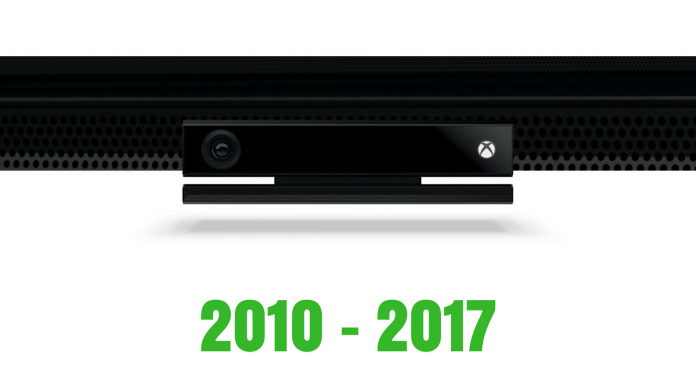
In a lengthy interview with Fast Company this Wednesday, the creator of Kinect said Microsoft was shutting down all manufacturing of the input device. The company will continue to support users who have them on their Xbox 360 or Xbox One consoles, but once the current units are sold, there will be no more.
Alex Kipman, inventor of the Kinect, and Matthew Lapsen, General Manager of Xbox Devices Marketing, highlighted the controverted history of the industry-first sensor array, and its impact on everything from consumer electronics to arts and science.
Nowadays, the gaming industry has leaned more toward traditional gaming over new ways of interacting with entertainment media. Nintendo continues down this road, but Sony and Microsoft have focused solely on the games and partly propelled new revenue avenues for developers like microtransactions and such.
Everyone wave goodbye to Kinect.
No, wave bye. WAVE. It can't read you. Is the room big eno — NO I DON'T WANT TO PLAY JUST DANCE. Sigh.
— doubleUHellison (@DoubleUHarrison) October 25, 2017
Why did the Kinect fail?
It is important to note that the Kinect, in spite of what many people say, did not fail for a lack of merit in its field. Most players will say that their experience with the device was underwhelming and fell short of their expectations, but innovation is not always as obvious as it may seem.
The depth-sensing cameras and microphones on the Kinect made for the first system of its kind, which not only included motion sensing like the Nintendo Wii had previously introduced, but also voice controls, which were nowhere at the time.
Developers, however, were not fond of the idea of having to adjust to a new workflow so as to create Kinect-compatible games. Therefore, there were no major titles ever released neither for the 360 nor for the Xbox One that required the technology.
The Kinect legacy will live on, just not on consoles
Of course, Microsoft is not one to let go easily, so they started bundling the Kinect with new consoles, which also ended up ramping up prices. This tactic proved faulty since it made little to no difference in the adoption of the new system.
Nevertheless, much of the technology that was packed on the Kinect eventually found its way into other platforms. For instance, the core sensor of the device, known as Kinect V4, is what powers the new Microsoft Hololens.
It was also Microsoft’s first device to include machine learning, according to the company, and it learned from experience to adjust itself to your preferences. This did not translate well always in practice, but it was a huge stepping stone from which other technologies rose.
PrimeSense, the company that first developed the tracking technology behind Kinect, was acquired in 2013 by Apple to use on their iOS devices. The iPhone X, for example, displays capabilities like depth sensing on its cameras and face recognition on its unlocking system that wouldn’t be possible without the Kinect.
Source: Fast Company











